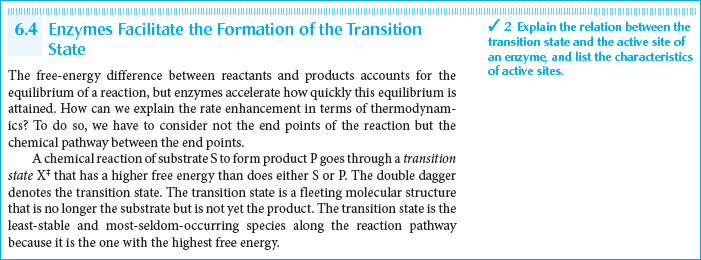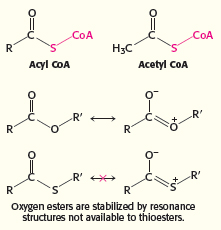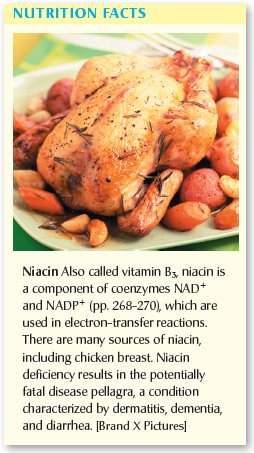
Teaching and Learning Tools
In addition to providing an engaging contextual framework for the biochemistry throughout the book, we have created several opportunities for students to check their understanding, reinforce connections across the book, and practice what they have learned. These opportunities present themselves both in features throughout the text and in the many resources offered in LaunchPad.
ACTIVE LEARNING RESOURCES
In this new edition, we’ve responded to instructor requests to provide resources that aid in creating an active classroom environment. All of the new media resources for Biochemistry: A Short Course will be available in our new  system. For more information on LaunchPad see the Media and Supplements section. To help students adapt to an interactive course, we’ve added the following resources:
system. For more information on LaunchPad see the Media and Supplements section. To help students adapt to an interactive course, we’ve added the following resources:
NEW Case Studies are a series of online biochemistry case studies that are assignable and assessable. Authored by Justin Hines, Assistant Professor of Chemistry at Lafayette College, each case study gives students practice in working with data, developing critical thinking skills, connecting topics, and applying knowledge to real scenarios. We also provide instructional guidance with each case study (with suggestions on how to use the case in the classroom) and aligned assessment questions for quizzes and exams.
NEW Clicker Questions are aligned with key concepts and misconceptions in each chapter so instructors can assess student understanding in real time during lectures.
END-OF-CHAPTER PROBLEMS
Each chapter includes a robust set of practice problems. We have revised and added to the total number of questions in the third edition.
Data Interpretation Problems train students to analyze data and reach scientific conclusions.
Chapter Integration Problems draw connections between concepts across chapters.
Challenge Problems require calculations, understanding of chemical structures, and other concepts that are challenging for most students.
Brief solutions to all the end-
MARGIN FEATURES
We use the margin features in the textbook in several ways to help engage students, emphasize the relevance of biochemistry to their lives, and make it more accessible. We have given these features a new look to make them clearer and more easily identifiable.
Learning Objectives are used in many different ways in the classroom. To help reinforce key concepts while the student is reading the chapter we have indicated them with a ✓ and number and integrated them on a chapter level as well as in the section introductions. They are also tied to the end-
of- chapter problems to assist students in developing problem- solving skills and instructors in assessing students’ understanding of some of the key concepts in each chapter. 
Quick Quizzes emulate that moment in a lecture when a professor asks, “Do you get it?” These questions allow students to check their understanding of the material as they read it so they can immediately gauge whether they need to review a discussion or can advance to the next topic. Answers are given at the end of each chapter.

Margin Structures provide a quick reminder of a molecule or group that students may have seen earlier in the book or in another course. This allows students to understand the topic at hand without needing to look up a basic structure or organic chemistry principle elsewhere.

Did You Know? features are short asides to the biochemical topic being discussed. They put a personal face on science, or, in the vein of Biological Insights, provide glimpses of how we use biochemistry in everyday life.

Nutrition Facts highlight essential vitamins in the margin next to where they are discussed as part of an enzyme mechanism or metabolic pathway. In these boxes, students will discover how we obtain vitamins from our diets and what happens if we do not have enough of them. These important molecules and their structures are listed in table form in the appendix of the book as well, to help students easily find where each vitamin is discussed in the book.
